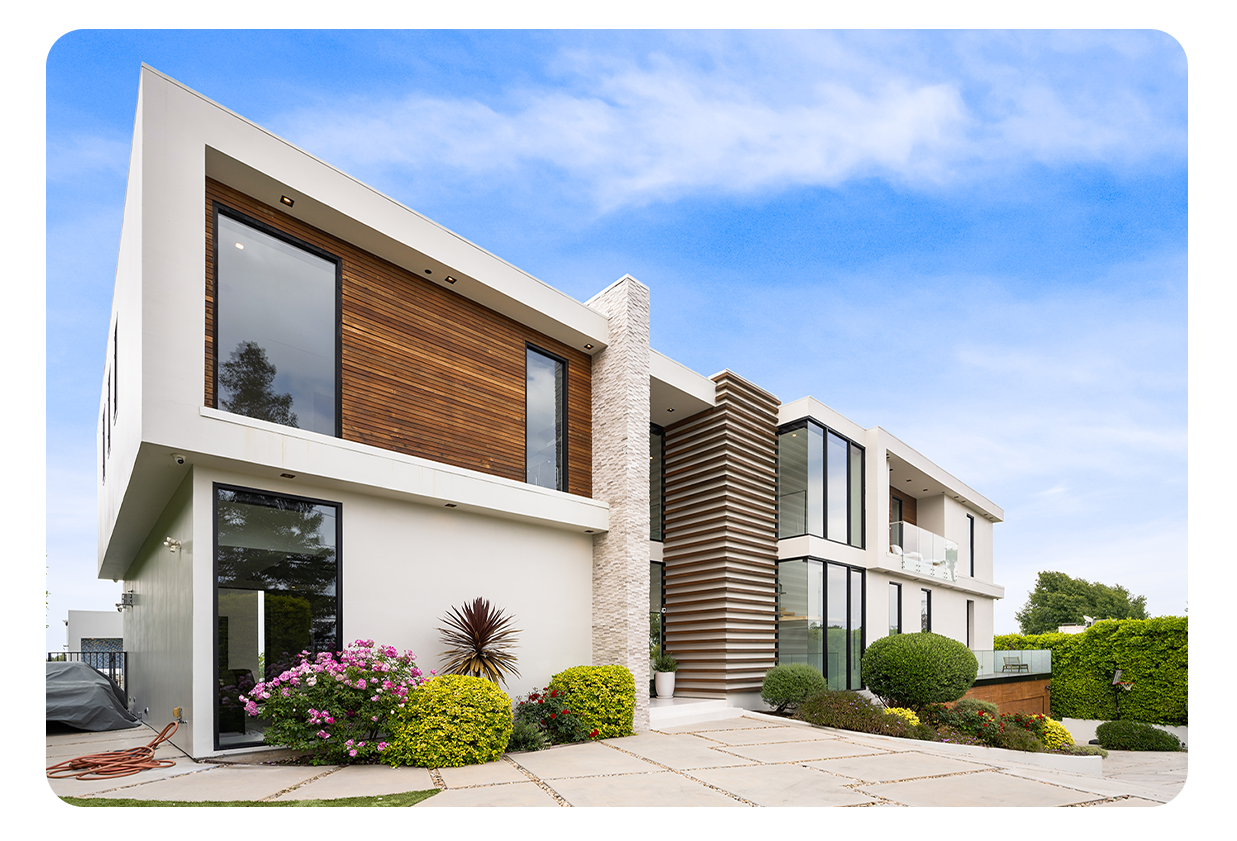Introduction: CRE Can Learn Much from Home Security
Commercial Real Estate (CRE) is a sophisticated, multi-trillion-dollar industry. Given today’s cyber-reliant, hybrid workplace, you’d assume CRE security would be state-of-the-art—more advanced than the typical home system.
Surprisingly, residential smart home security has surged ahead. These systems are not only more efficient and tech-forward but also far more user-friendly and cost-effective. This article explores how homeowners are outpacing CRE owners in security strategy—and what commercial property managers can do about it.
Smart Homeowner Security
SimpliSafe, Ring, Nest—these names are now synonymous with affordable, intelligent home protection. Their all-in-one, cloud-based platforms combine alarms, surveillance, smart locks, and remote monitoring, usually in a single package with one monthly fee.
The smart home security market is growing rapidly, at 14–16% annually through the end of the decade. Why? Because these systems are smart for a reason:
- Convenience: Everything is managed through one app or interface, enabling real-time control from anywhere. One provider means one point of contact, saving time.
- Automation: Systems sync effortlessly—lock your door and your cameras activate or receive alerts when unexpected access occurs.
- Cost Savings: Bundling services often reduces monthly costs. Plus, one provider means simplified service and fewer repair headaches.
- Peace of Mind: Combining physical and visual security under one hub gives homeowners confidence and better situational awareness.
Inefficient Commercial Security
By contrast, CRE security systems often cobble together components from different vendors and eras. While they may be effective on paper, these setups tend to be costly, inconsistent, and harder to manage.
Integration Challenges
Many U.S. office buildings are over 25 years old, with security systems installed across decades without consistent tech standards. As a result, legacy systems linger due to the cost and disruption of upgrades. But “good enough” systems carry unseen costs:
- Lack of Interoperability: Systems from different vendors often don’t communicate, forcing manual workarounds. This introduces data duplication, human error, and operational inefficiencies.
- Complex Interfaces: Multiple systems require separate logins, interfaces, and processes. Disconnected access logs and surveillance footage make incident response harder.
- Vendor Fragmentation: Years of patchwork installations mean a property may have several vendors—each with different maintenance terms, histories, and standards. This inconsistency breeds gaps in service and increases costs.
- Redundant Fees: CRE owners often lump all security costs into one line item—masking separate licensing and maintenance fees for access, video, and visitor systems that could be consolidated.
- Maintenance Issues: Disparate systems mean irregular upkeep, finger-pointing when things go wrong, and no unified security performance standard.
- Security Vulnerabilities: Inconsistent password policies, encryption standards, and firmware support across systems introduce cyber and physical vulnerabilities. Incident investigations are delayed when systems don’t sync.
- Scalability Limits: Expanding a building or portfolio becomes a logistical challenge. Each new location might require new vendors or fresh configurations. Without centralized control, management becomes chaotic at scale.
To address this, CRE leaders should prioritize migrating to unified, cloud-native platforms with open APIs to allow for system-wide coordination.
Bundling Security Wins in CRE
Some platforms aim to integrate fragmented systems, but many still rely on middleware or third-party patches to connect components. This adds complexity and still depends on separate vendors for maintenance.
To truly emulate the simplicity of home systems, CRE operators should consider bundling their security services—access control, video, and visitor management—under one provider. This reduces the friction of managing multiple vendors and consolidates both the technology and the service layer into one coordinated system.
With a bundled solution, many existing systems can be taken over and migrated into a single platform. This unified approach allows for:
- A single point of contact
- Consistent service across properties
- Simplified billing
- Streamlined incident response
- Better scalability for growth
Bundle with Kastle
Kastle protects over 50,000 commercial properties nationwide. Their bundled approach includes centralized monitoring, dedicated support, and scalable technology across access control, video surveillance, and visitor management—all managed through one secure platform.
If your current CRE security setup feels like a jigsaw puzzle, consider taking a cue from smart homeowners and consolidate. A bundled security strategy is not just more convenient, it’s smarter, safer, and more scalable.

